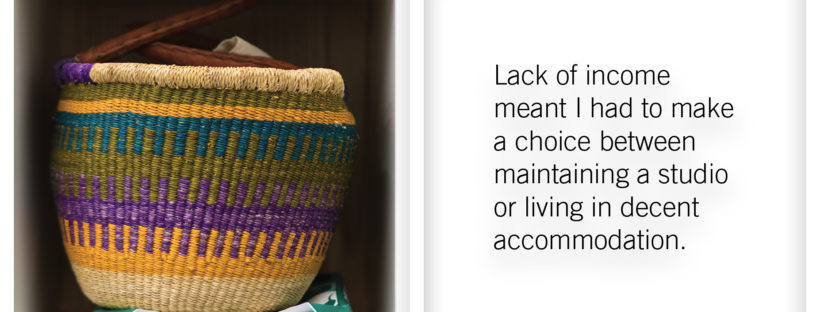To close our exhibition at Mónica Reyes Gallery, Pia and I will discuss our projects, followed by a conversation with local artists and activists to consider intersections of space and labour precarity.
Watch this space for list of guests.
About Mattering Map Redux & Sessional Office
This exhibition is their first opportunity to collaborate and also marks their first time showing at Mónica Reyes Gallery.
In 1995 and 1996, Pia Massie worked with Mount Pleasant diners, interviewing the people who owned, cooked and ate in them. This collaboration with her neighbours on the documentation of their workspaces and their lives became The Mattering Map Project, an installation at the grunt gallery.
At the request of Mónica Reyes Gallery, Massie has returned to these locations twenty-three years later and documented what they have become. Coffee has been replaced by craft beer; restaurants have become condos; the community and the commons are under enormous pressure. Like a hungry ghost, the process of gentrification has swallowed neighbourhoods whole, leaving communities fragmented and marginalized.
In this exhibition, Massie and Poirier ask: What do diners and art schools have in common? What do short order cooks and sessional faculty share? What is the public, interactive space for creative communities? How do we hold on to these spaces and the relationships that matter?
In 2018, artist Terra Poirier undertook, in collaboration with sessional faculty and students, Non-Regular, a book about precarious academic labour at Emily Carr University of Art + Design (ECU). Their conversations captured how neoliberal employment practices devalue teaching service and creative work, while eroding academic freedoms. Blocks away from the Mattering Map Project’s former diners, at ECU’s brand new campus, senior administration staff enjoy spacious offices and meeting rooms while more than 80 underpaid sessional instructors share a single, classroom-sized office. Here, too, space is distributed according to capital and power: lecture halls have been named after real estate developers while sessional faculty must fit their work into cardboard banker’s boxes packed onto cubicle shelving. Poirier’s photo-text installation, Sessional Office, sets the words of sessional faculty against the tiny work spaces afforded them.
Massie’s and Poirier’s projects point to a city where culture is a commodity, as are those who produce it.
Artists seeking work/live spaces often function as the first wave of the gentrification of poorer neighbourhoods. Creatives’ “success” in repurposing industrial and abandoned spaces too often contributes to the precarity of these communities and the displacement of their residents. And now, like the short order cooks and day labourer clientele of the former diners, precariously-employed artists, too, struggle to find a place in this city that promised to create a “future with culture at its centre.”1
1. https://vancouver.ca/parks-recreation-culture/culture-plan-2008-2018.aspx
Monica Reyes Gallery, 602 E Hastings Street, Vancouver, BC
T. 604.336.7633
Gallery hours: Wed-Fri 11am-2pm, Sat 12-4pm.
This event is taking place on the unceded Coast Salish territories of the Musqueam, Squamish and Tsleil-Waututh First Nations.
